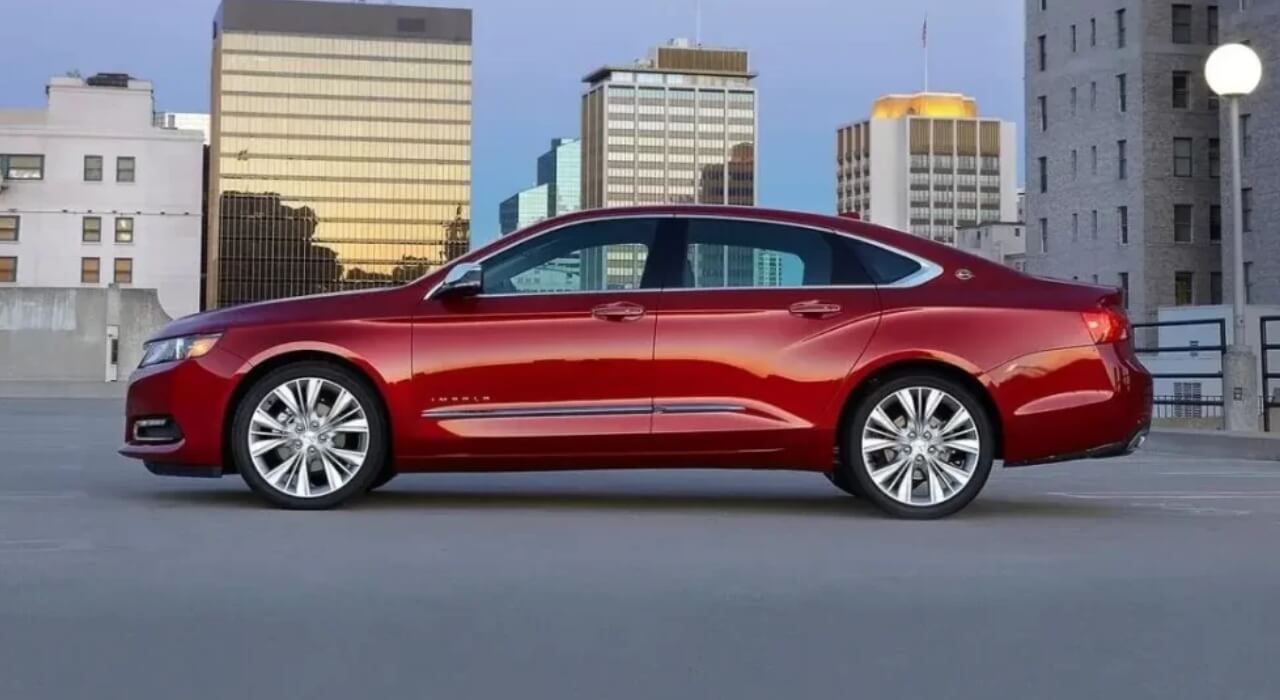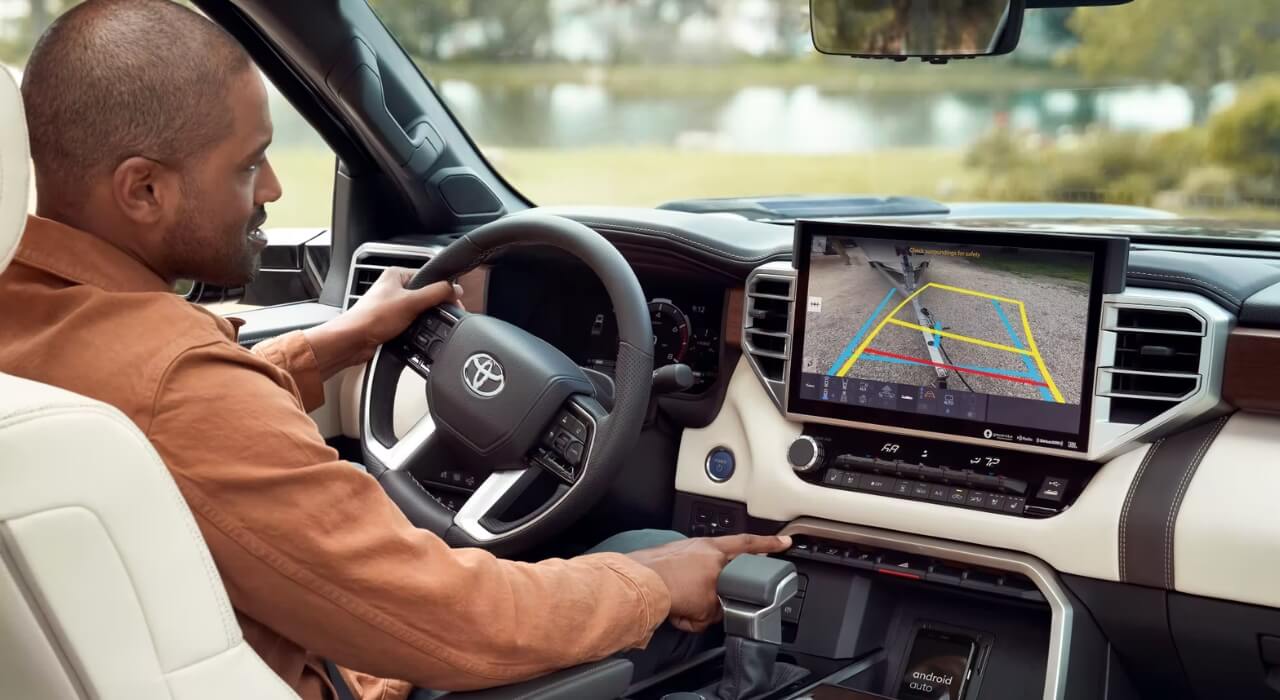Driving down the open road, wind in your hair and the hum of the engine – a symphony of freedom. Yet, amidst this automotive poetry, one often overlooks the unsung hero responsible for the harmonious journey – the wheel hub bearings. In this exploration, we journeyed through the essential role of wheel hub bearings, examining their nuanced functions within the wheel assembly.
As the silent architects of smooth driving, wheel hub bearings play a pivotal role in the dynamic interplay between vehicle and road. Understanding these components goes beyond mere mechanical knowledge; it’s an insight into the very essence of a seamless driving experience. So, fasten your seatbelts as we unravel the mysteries behind wheel hub bearings, from their fundamental characteristics to the distinct types that keep our wheels turning.
Wheel hub bearings, at their core, are cylindrical components strategically positioned within the wheel assembly of a vehicle. These unassuming yet crucial parts are designed to facilitate the smooth rotation of the wheels, contributing significantly to the overall driving experience.
The Role in the Wheel Assembly
In the intricate dance of automotive engineering, wheel hub bearings play a pivotal role in ensuring seamless motion. Acting as a connection point between the wheel and the axle, these bearings allow for the smooth transfer of rotational force, providing the necessary support for the wheel to turn effortlessly. This fundamental function is essential for maintaining stability, reducing friction, and ultimately delivering the comfort and control we expect during our journeys on the road.
Types of Wheel Hub Bearings
Tapered Roller Bearings
Tapered roller bearings stand as stalwart contributors to the realm of wheel hub mechanisms. Characterized by their cone-shaped rolling elements, these bearings excel in handling both radial and axial loads. The tapered design allows for efficient distribution of force, making them ideal for applications demanding durability and resilience.
Ball Bearings
In the symphony of wheel hub bearings, ball bearings take center stage with their spherical rolling elements. These bearings showcase a design that employs small metal balls to facilitate smooth rotation. Known for their low friction and high precision, ball bearings are favored in scenarios where precision and reduced resistance is paramount
Gen 1, Gen 2, and Gen 3 Bearings
The automotive landscape has witnessed an evolution in wheel hub bearing technology, leading to the advent of Generation 1 (Gen 1), Generation 2 (Gen 2), and Generation 3 (Gen 3) bearings. Each generation represents advancements in design and functionality.
Suggestion: Is It Better To Leasing Or Buying A Car In 2024?
- Gen 1 Bearings are integral units comprising the bearing and hub assembly. They are bolted directly to the wheel spindle and are non-serviceable, requiring replacement of the entire unit in case of failure.
- Gen 2 Bearings: Building on the Gen 1 concept, Gen 2 bearings incorporate the ABS sensor into the hub assembly. This design enhancement enhances accuracy in monitoring wheel speed, a critical aspect of modern anti-lock braking systems.
- Gen 3 Bearings: The latest evolution, Gen 3 bearings, further refines the design by integrating the hub, ABS sensor, and magnetic encoder ring. This comprehensive integration enhances precision in wheel speed sensing and contributes to the overall efficiency of the vehicle’s braking and stability control systems.
Signs of Wear and Tear: Listening to Your Wheel Hub Bearings
Humming or Growling Noises
One of the telltale signs that your wheel hub bearings might be experiencing wear is the emergence of a distinctive humming or growling noise. These auditory cues often manifest when the vehicle is in motion, and the pitch of the sound may change with varying speeds. Typically, this indicates a breakdown in the smooth rotation of the bearings, prompting attention to prevent further damage.
Clicking or Snapping Sounds
Another auditory red flag is the presence of clicking or snapping sounds, particularly noticeable during turns. These noises can be indicative of irregularities within the wheel hub bearings. As the bearings wear down or encounter damage, the interaction between the components can lead to these audible signals. Prompt investigation is essential, as addressing the issue early can prevent more extensive and costly repairs down the road.
Also Check: Top 9+ Best 500 Hp Cars Under $20k You Can Buy In 2024
Professional Diagnostics
Utilizing Electronic Diagnostic Tools
When it comes to diagnosing wheel hub bearing issues, modern automotive technology comes to the rescue. Professional mechanics employ electronic diagnostic tools to delve into the intricate details of a vehicle’s performance. These tools, ranging from onboard diagnostics (OBD) scanners to specialized equipment, can detect irregularities in the wheel hub bearings by analyzing data such as wheel speed, ABS sensor readings, and other relevant parameters.
The precision and efficiency of electronic diagnostic tools enable mechanics to pinpoint issues swiftly and accurately, expediting the repair process.
Seeking Expert Advice
While electronic tools offer valuable insights, the human touch remains irreplaceable. Seeking expert advice from seasoned mechanics or automotive professionals adds a qualitative dimension to the diagnostic process. These professionals bring years of experience and a keen understanding of the nuances associated with wheel hub bearings. Their ability to interpret symptoms, conduct hands-on inspections, and provide tailored solutions based on the specific context of the vehicle contributes to a comprehensive and reliable diagnosis.
Combining technical prowess with a practical understanding of real-world driving conditions, expert advice serves as a crucial step in ensuring the longevity and optimal performance of wheel hub bearings.
Conclusion
In concluding our exploration into the realm of wheel hub bearings, it’s clear that these unassuming components are the linchpin of a smooth driving experience. From understanding their fundamental role and exploring diverse types to identifying the audible signals of wear, our journey has shed light on the crucial function wheel hub bearings perform in the intricate dance of automotive engineering.
Moving forward, the synergy between modern diagnostic tools and expert advice stands out as the beacon for addressing wheel-harding issues. Whether it’s the precision of electronic diagnostics or the nuanced insights from seasoned professionals, this combination ensures that potential problems are identified swiftly, allowing for timely interventions and the sustained health of these essential components.
As we hit the road, let’s not forget the silent but indispensable contribution of wheel hub bearings, shaping the rhythm of every journey with their steadfast performance.


















